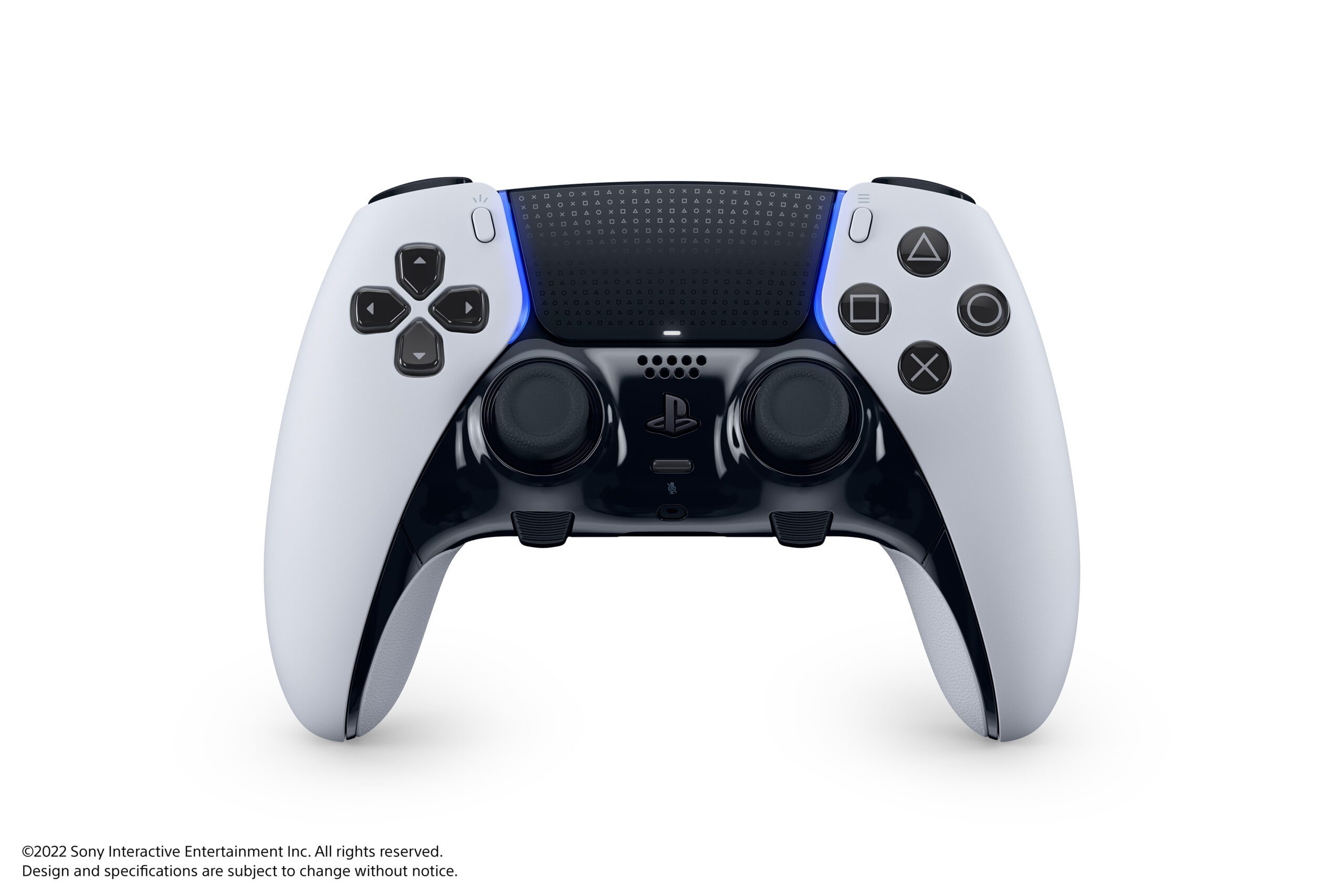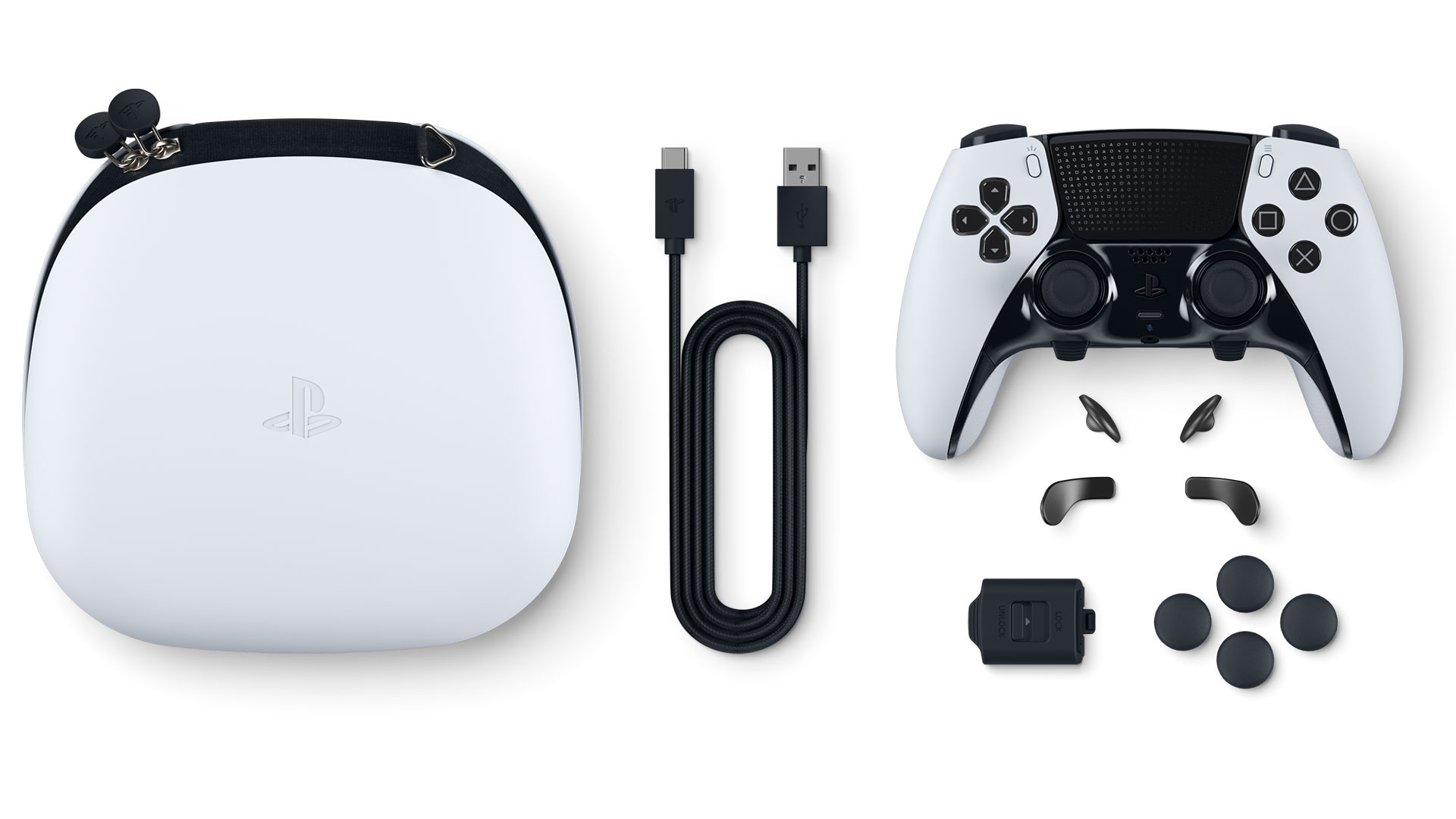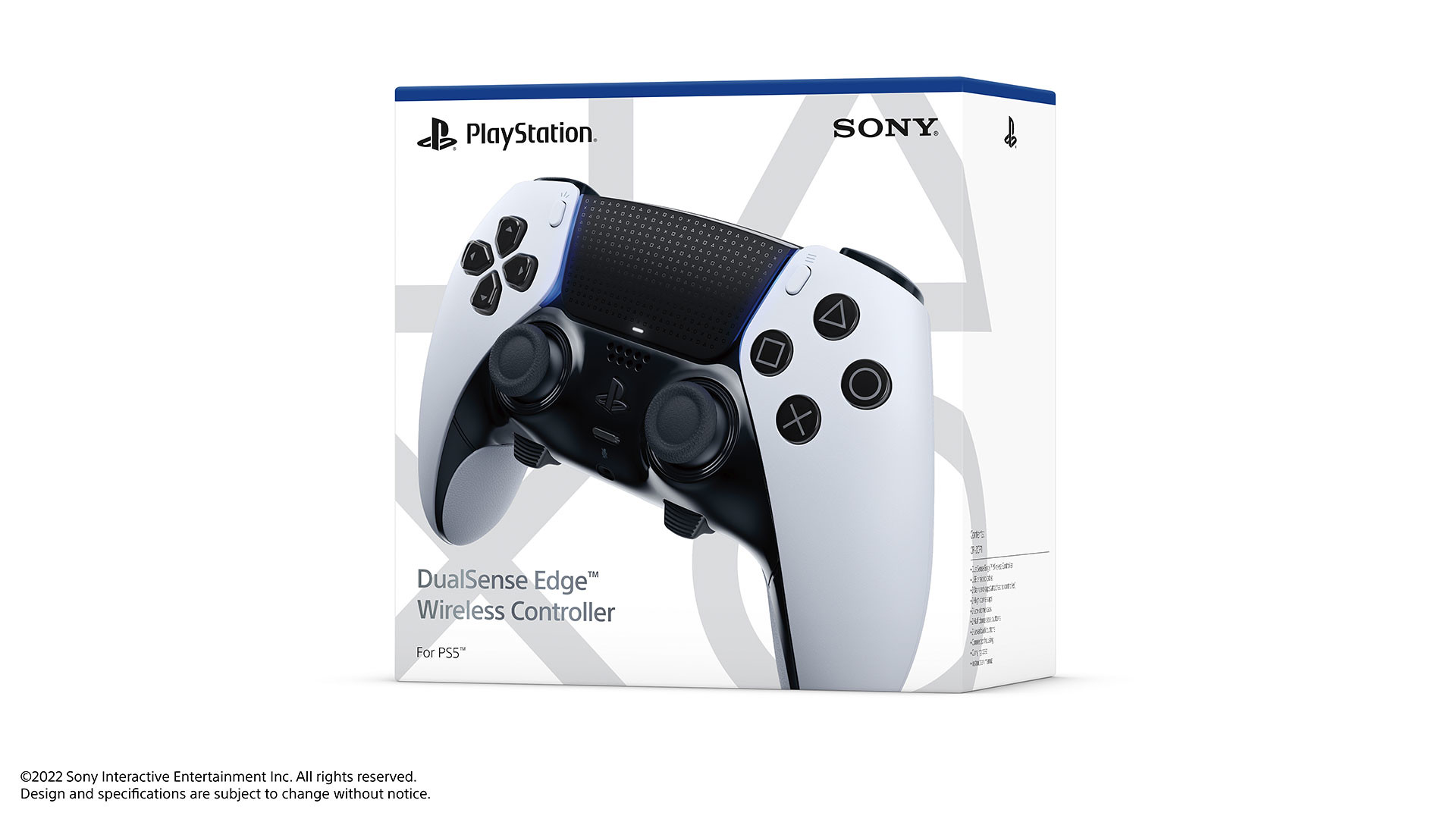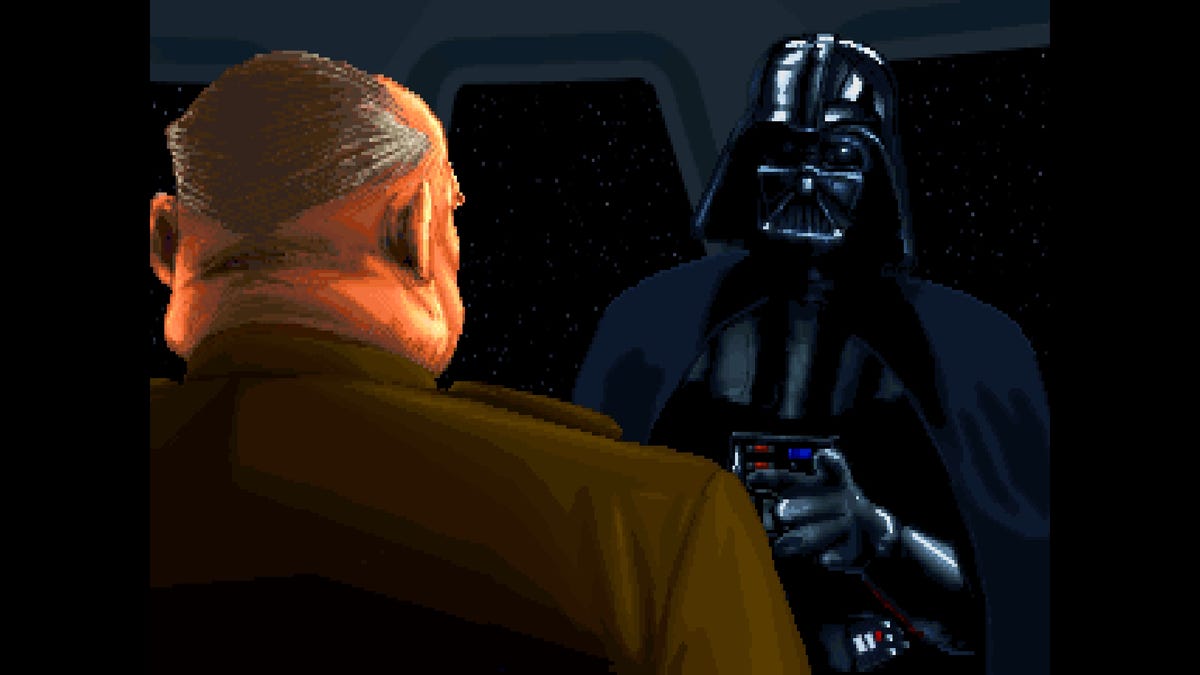Playing is believing when it comes to the DualSense Edge Wireless Controller for PlayStation 5. I had the opportunity to familiarize myself with the ultra-customizable, high-performance controller, trying out several interchangeable parts, controller setting on the console and tested everything on a variety of games. The key takeaway – whatever your overall experience with customizable controllers designed for precision gaming, the DualSense Edge controller experience combines premium construction with intuitive user options.
To take a closer look at what inspired the controller’s form factor and customization options, we sat down with the minds that helped design it. Here’s a behind-the-scenes look at the creation of the very first highly customizable controller developed by PlayStation:

High quality case
The DualSense Edge controller comes with a sleek and sturdy clamshell case to keep your controller and accessories safe and organized. A nice touch is the removable flap where the included braided USB charging cable can fit, allowing you to charge the controller while nestled in its case.
Familiar form factor
The controller feels immediately familiar since PlayStation engineers decided to match the shape and size of the original DualSense controller. Close inspection of the DualSense Edge controller reveals subtle examples of its premium build quality, like increased surface area for the grippy white plastic around the grips and additional texture on the touchpad and triggers.
Adjustable trigger length
Gamers can adjust the length of the triggers with built-in switches for the R2 and L2 buttons. This makes it easy to customize on the fly, without having to adjust controller profile settings. An example from my time included jumping from God of War Ragnarök, where I wanted full range of the R2 button, to Call of Duty: Modern Warfare II, where clicking a shorter trigger length helped me fire faster .
Switchable stick caps
The DualSense Edge Controller includes three sets of stick caps that facilitate quick customization. Both standard caps are identical to the DualSense controller’s snappy sticks, while the top and bottom domed cap sets provide a satisfying concave feel. I liked being able to swap out a high dome cap on the right analog stick, which offered a greater degree of finesse when aiming in Call of Duty or Apex Legends.
Back button versatility
The DualSense Edge controller also has optional rear buttons. The rear lever buttons provide a longer, flatter form factor that activates quickly. Half-dome back buttons feature a low profile and precise feel. They open up new options for button layouts, and once I acclimated to the new inputs, I felt like a nimble powerhouse. An example includes…
God of War Ragnarök
Assigning the dodge button to the left back button and Leviathan’s axe/Kratos elemental attack recovery to the right back button allows me to keep my thumb on the right stick and control the camera every moment of the fight. I reduced the length of the left trigger to make aiming ranged attacks faster, but kept the default right trigger to feel the immersive magic of adaptive triggers during melee combat. The result was so satisfying that I’m already planning my second playthrough of Santa Monica Studio’s superb sequel after the launch of the DualSense Edge controller.
Customizable controller profiles
Options for optimizing your playstyle extend beyond accessories and trigger adjustments to customizable controller profiles. A nifty tutorial automatically appears when you first plug your controller into the PS5 console. Some of the robust additional options include:
- Up to 3 profiles stored on the controller itself
- Custom button assignments (e.g. to set up an FPS profile, driving profile, action game profile, etc.)
- Stick Sensitivity and Deadband Adjustment
- Trigger deadband adjustment
- Vibration intensity
- Trigger effect intensity
Predefined profiles for stick sensitivity
Various preset profiles for adjusting stick sensitivity provide a smooth ramp-up for players who may not want to dive into the depths of customization right off the bat. Here is what the system settings describe (subject to change):
- Quickly done – The recorded input amount speeds up as you tilt the stick. Good for making quick moves. Get the upper hand by aiming fast in rapid shooters.
- Precise – Minimum input is recorded when you tilt the stick. Good for making precise movements. Fans of shooters may find the ability to aim slowly and precisely useful.
- Constant – Recorded input is limited even if you tilt the stick far. Allows smooth and stable movement. Ideal when you need to move smoothly in action games.
- Digital – Tilting the stick even slightly will register near maximum input. Works like the direction buttons on the controller. Get instant input reaction for your fighting and action games
- Dynamic – Registered input is limited when tilting the stick slightly or far but accelerates in the mid range. Enables versatile gameplay in shooters where you may need to aim carefully but also turn quickly
Function buttons
These two buttons are positioned below the thumbsticks, providing easy access to a DualSense Edge controller-specific menu that pops up whenever you press it, whether in-game or in system menus. These buttons make it easy to switch between profiles, adjust headset volume, game/party audio balance, and more. The option to quickly jump straight into the controller profile menu after a few quick button presses is crucial, allowing you to make quick adjustments without disrupting gameplay. The experience reminded me of jumping into editing weapon loadouts while waiting to respawn in Call of Duty. Speaking of…
Call of Duty: Modern Warfare 2
Function buttons stood out when jumping into a Modern Warfare II match. I immediately realized that the controller profile was still set up for God of War Ragnarök, but thanks to the trigger switches on the controller, I quickly adjusted them to a shorter length to aim and fire faster. Next, I used the function buttons to quickly switch to a profile that I set up using the “Fast” preset as a base. I assigned jump to the left back button and crouch/glide to the right back button, allowing me to smoothly control my movement across the map while keeping my thumbs ready for a firefight. I also replaced the top dome cap with the right analog stick, providing a greater degree of control while aiming.
Early in my hands-on experience with the DualSense Edge controller, I expected to be impressed with superior engineering and some cool physical controller customization options. What surprised me was the intuitive in-console tutorial and smooth menu navigation with function buttons. Whether you’re a competitive gamer looking for every advantage or just interested in maximizing your gaming options in your favorite games, the DualSense Edge controller is ready to ship when it releases on January 26, 2023.
Learn more about the DualSense Edge Wireless Controller here.
Get it directly on PlayStation at direct.playstation.com
In the US, UK, France, Germany, Netherlands, Belgium and Luxembourg, the DualSense Edge Wireless Controller is available for pre-order only through direct.playstation.com (while stocks last). The DualSense Edge wireless controller will be available at other participating retailers beginning February 23, 2023.
Table of Contents












